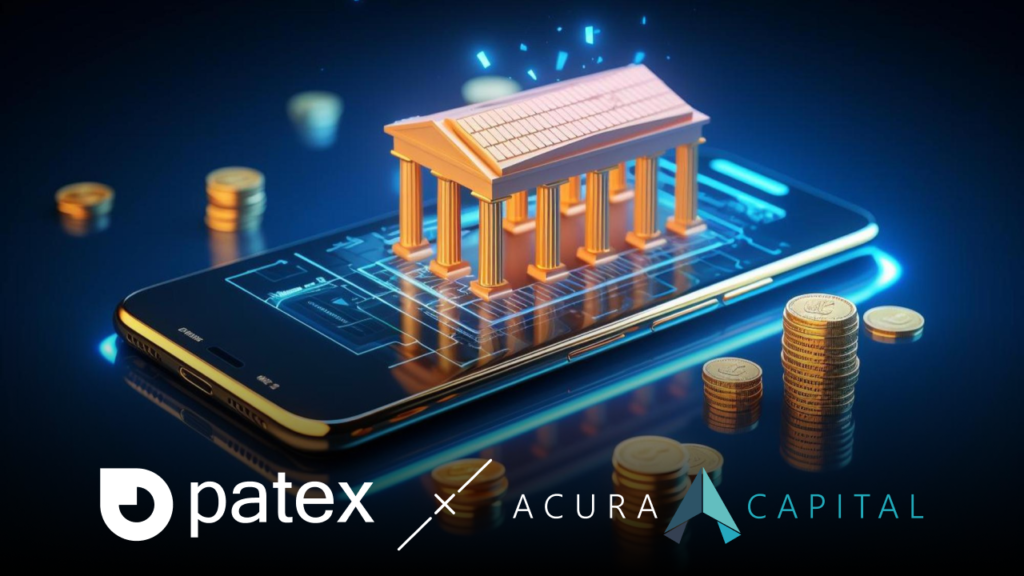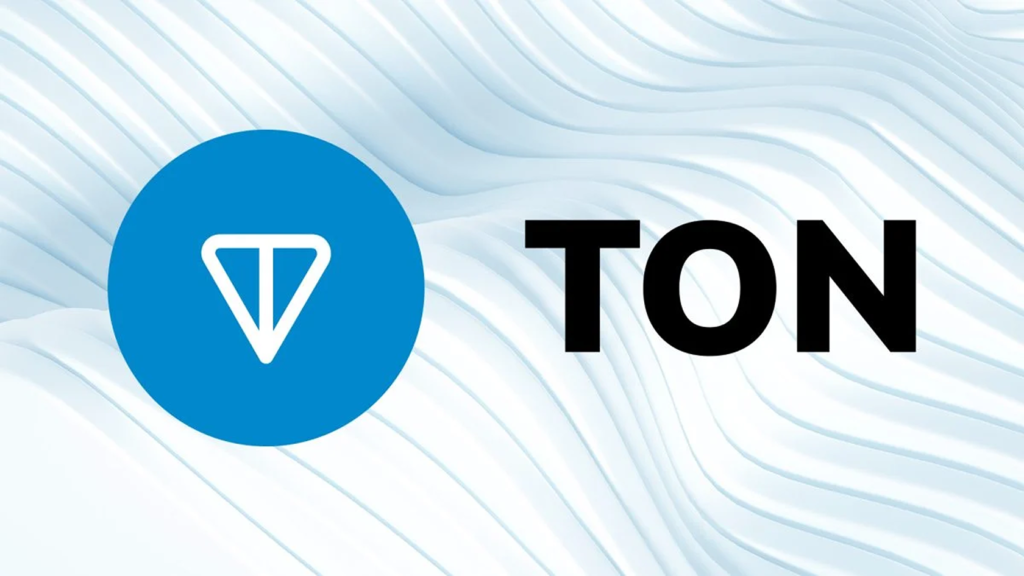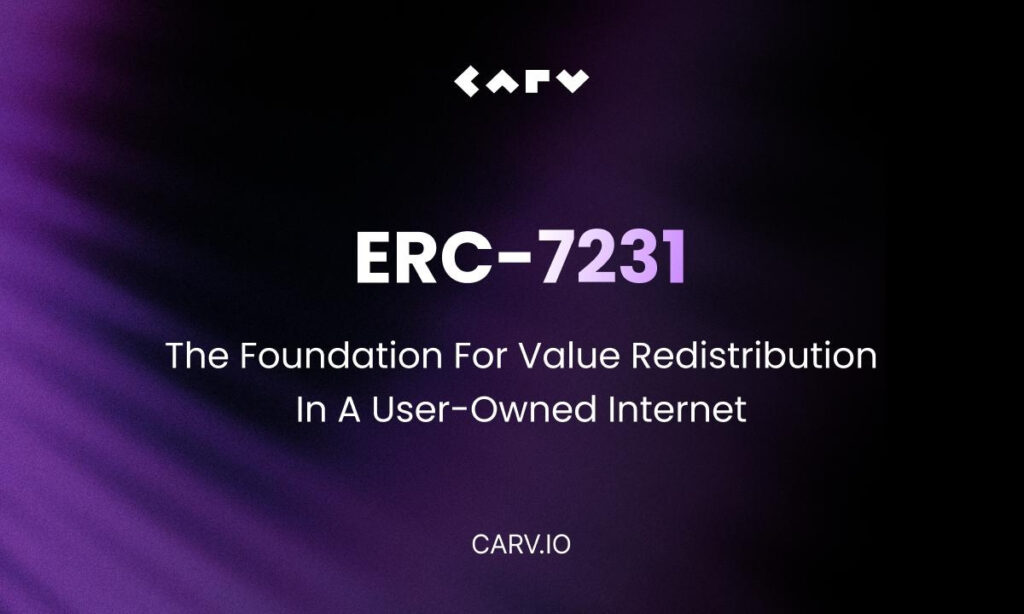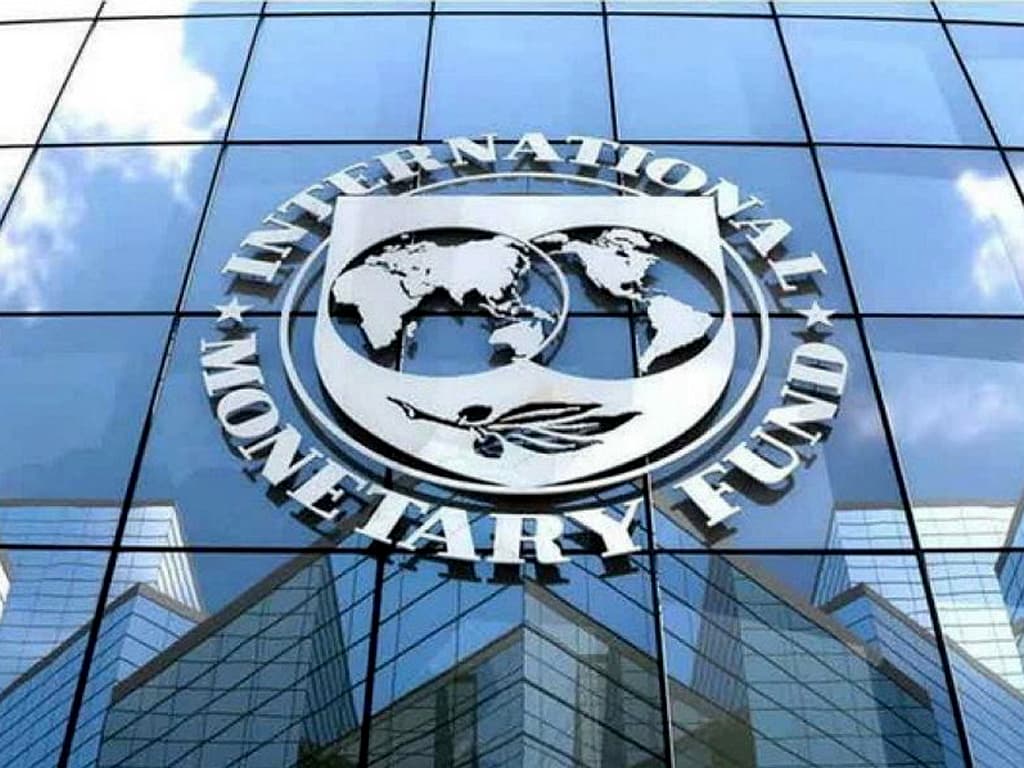The European Parliament’s leading committees have recently greenlit a legislation that targets anonymous cryptocurrency transactions through hosted wallets, aligning with efforts to extend the European Union’s Anti-Money Laundering (AML) and Counter-Terrorist Financing directives to the digital currency sector.
This development occurs in the wake of a provisional agreement between the European Council and Parliament to incorporate the cryptocurrency market within the scope of the EU’s stringent AML laws.
Patrick Breyer, representing the Piratenpartei Deutschland (Pirate Party of Germany) in the European Parliament, shared via an X post that this legislative update received approval from the majority of the Parliament’s primary committees on March 19.
Breyer, alongside Gunnar Beck of the Alternative für Deutschland (Alternative for Germany), stood out by voting against the prohibition of unidentified crypto transactions.
The legislation is particularly directed at custodial crypto wallets provided by third parties, including centralized exchange platforms.
The revised AML regulations will also enforce restrictions on anonymous cash and cryptocurrency transactions.
Transactions exceeding 3,000 euros in cash will be banned for commercial dealings, and all cash transactions over 10,000 euros will be prohibited in business contexts.
Predictions from Dillon Eustace, a law firm based in Ireland, suggest that the legislation could be implemented ahead of its expected three-year timeline from the date it becomes effective.
Cryptocurrency networks, known for their permissionless and anonymous access, face significant changes under this new framework.
Following the committee’s endorsement of the bill, Breyer expressed his concerns in a press statement, highlighting the threats to economic autonomy and financial privacy the legislation poses.
He emphasized the right to anonymous transactions as a core value.
The crypto sector’s reaction to these regulatory measures is divided.
While some view the updated AML laws as a necessary step, others worry about potential privacy infringements and limitations on economic freedom.
Daniel “Loddi” Tröster, host of the Sound Money Bitcoin Podcast, pointed out the practical difficulties and broader consequences of the legislation.
He noted its impact on donations and the general use of cryptocurrency within the EU, raising alarms about the possible restrictive effects on the digital currency landscape.
To submit a crypto press release (PR), send an email to sales@cryptointelligence.co.uk.










